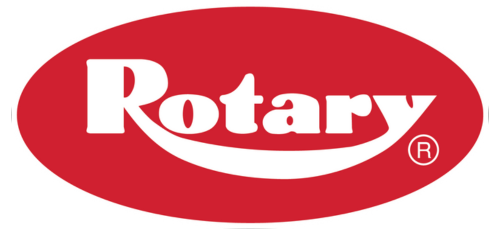 Outsourcing fleet maintenance makes sense for many companies—both large and small. Turning that job over to a third-party provider means they can concentrate on other functions of their business, leaving repairs to you—the repair experts. From a repair provider’s perspective, managing an outsourcing relationship can get complicated, whether it’s a full-service maintenance situation or a contracted rate for one-off jobs. But maintaining that relationship is key to your business’s success. Concentrating on two key areas can help.
Outsourcing fleet maintenance makes sense for many companies—both large and small. Turning that job over to a third-party provider means they can concentrate on other functions of their business, leaving repairs to you—the repair experts. From a repair provider’s perspective, managing an outsourcing relationship can get complicated, whether it’s a full-service maintenance situation or a contracted rate for one-off jobs. But maintaining that relationship is key to your business’s success. Concentrating on two key areas can help.
Communication
Companies outsource their maintenance and repairs to you to make running their business easier. Clear communication will go a long way toward achieving that. To make sure you’re on the same page, from start to finish:
- Set expectations. From the beginning, be clear about what exactly you’re offering. Detail what you can and can’t do, plus general timelines they should expect. It’s also wise to ask them candidly how they’ll evaluate your services. When you know what they value, you can cater to that and further build your relationship.
- Be open about pricing. Transparency into costs is vital. It’s very likely that you can justify your prices, so it makes sense to pull back the curtain and let them see what exactly is going on.
- Provide regular updates. During the repair process, continue that open honesty. Let them know if and why you won’t be able to meet those general timelines you set forth at the beginning. Never overpromise. Difficult conversations put off just become more difficult. To keep those necessary timeline conversations to a minimum, though, it’s important to do everything you can to stay on track. That leads to our next point.
Efficiency
Some businesses are resistant to outsourcing because they assume it will mean increased downtime. That might be true in some situations, but there’s plenty you can do to minimize it. If blown timelines are a constant struggle, it might be time to go back to the drawing board with a full assessment of weak links in the system and a larger plan to strengthen them. Whether your problems are large or small, don’t overlook the role of equipment in your shop. Outdated or faulty tools can hold things up. Make-do workarounds take time, and they can even be dangerous.
Equipment like high-quality in-ground lifts or mobile column lifts can make the repair process faster. Mobile columns in particular are highly versatile, easy to roll into and out of place and can help cut delays with features like:
- Speedy rise times
- Wireless communication (no need to spend time connecting cables)
- The ability to control combined units from any tower
Companies outsource their maintenance and repair work to take advantage of both your expertise and your access to top-of-the-line equipment. And of course, well-made equipment breaks down less often. Investing in quality tools means more uptime and happier customers.
Your staff is another major factor when it comes to efficiency. Evaluate whether you have the right techs on the right jobs, address any training gaps and consider hiring needs. If you’re feeling the pain of technician shortages, take time to evaluate your recruiting method and look for new ways to attract employees. Having a knowledgeable and hard-working team will be a big help in both efficiency and quality of work. Both will keep your outsourcing clients happy.
Outsourcing is a wise move for many companies. Providing a great experience on your end will help justify that decision and keep your customers around.
Need help choosing a lift for your maintenance shop? Our Heavy Duty Resource Guide can help.
{{cta(‘b8cf1814-3102-4e80-b1e7-c03448a8273f’)}}
